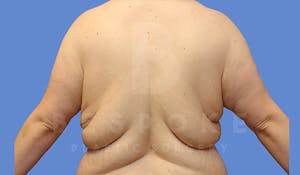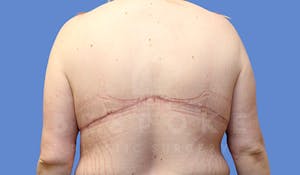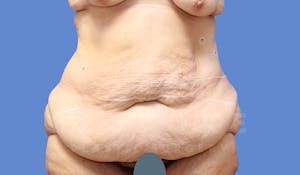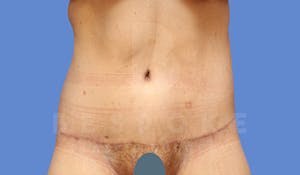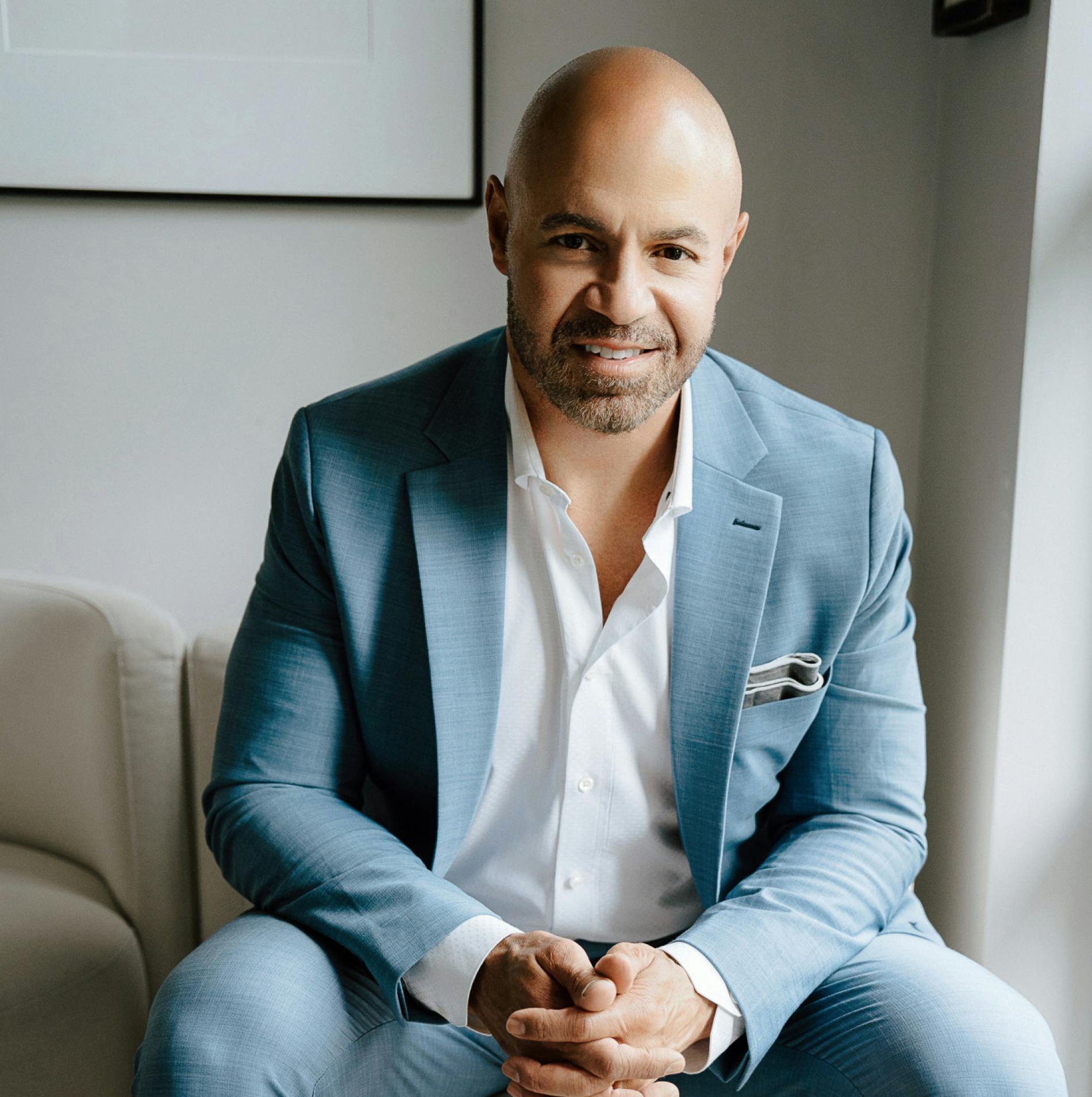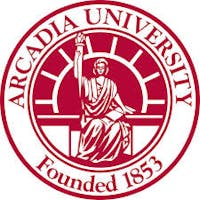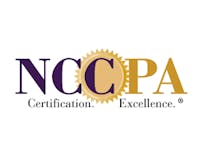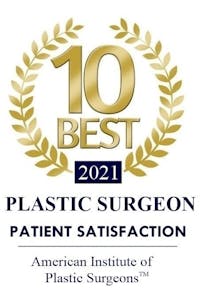How Can I Prepare for Body Contouring?
Preparing for body contouring after weight loss with Dr. Pratt involves key steps to ensure the best outcomes and a smooth recovery. To start, reach and maintain a stable weight for at least three to six months before surgery. Dr. Pratt emphasizes that stability in your weight allows for optimal tissue positioning and more natural, lasting results.
Embracing a healthy lifestyle plays an essential role in your surgical journey. Dr. Pratt recommends a balanced diet and regular exercise to support your body’s healing process and improve overall outcomes. If you smoke, plan to stop at least several weeks before surgery, as smoking can impact blood circulation and slow recovery—a factor Dr. Pratt stresses for safe, effective healing.
As your surgery date approaches, plan for a comfortable recovery by setting aside time off work, preparing a restful space at home, and arranging for assistance in the first few days, as you’ll need to take it easy. Dr. Pratt will provide you with comprehensive pre-operative instructions, including any medications or supplements to avoid. Following his guidelines carefully is important to minimize any risks and promote a healthy recovery.
Finally, mental preparation is essential. Dr. Pratt understands that body contouring after massive weight loss is a transformative and deeply personal journey. Having a strong support system and realistic expectations will help you embrace this empowering process. With Dr. Pratt’s guidance, you can confidently approach your procedure and look forward to enjoying the renewed shape and self-assurance that come with your new, refined physique.

